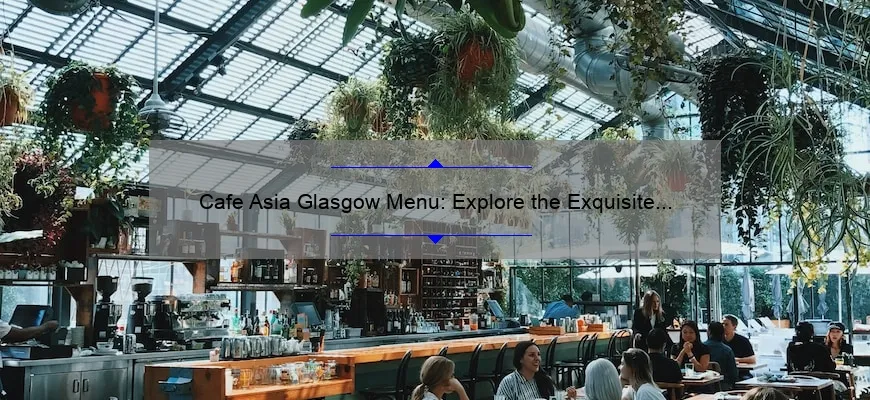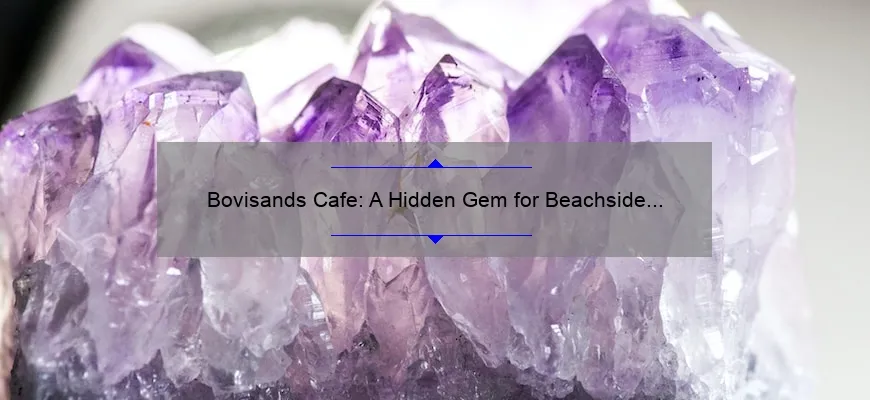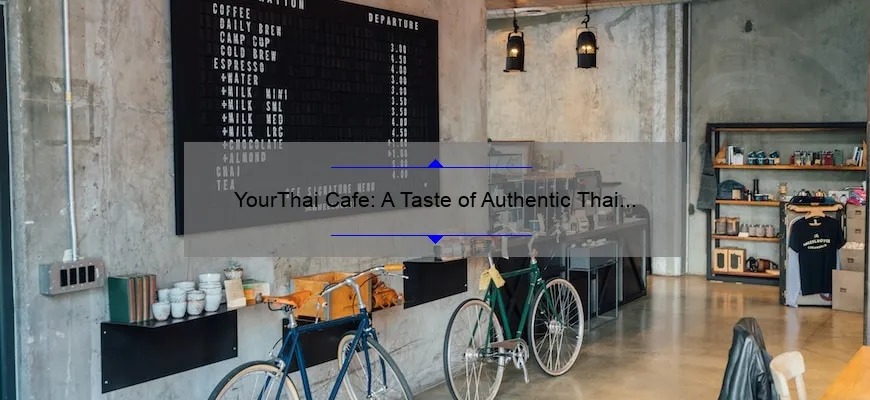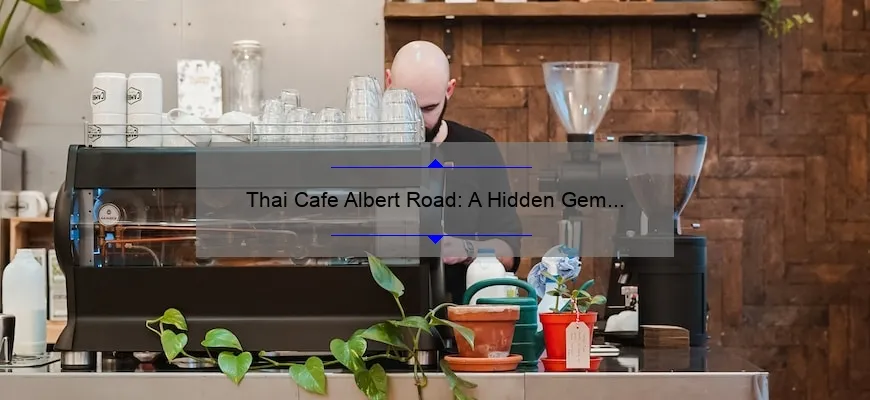- Short answer: Van Gogh Cafe at Night
- How to Capture the Beauty of Van Gogh Cafe at Night: Step-by-Step Guide
- Van Gogh Cafe at Night FAQ: Answers to Your Burning Questions
- What’s the Story Behind The Van Gogh Cafe At Night?
- Why Is It Called “Cafe Terrace At Nigh” Instead Of “Starbucks At 7 pm”?
- Which paints did Vincent Van Gogh use?
- Unleashing Your Inner Artist: The Inspirational Power of Van Gogh Cafe at Night
- Conclusion:
Short answer: Van Gogh Cafe at Night
Van Gogh’s famous painting “Cafe Terrace at Night” depicts an outdoor cafe in Arles, France. The painting is known for its vibrant colors and nighttime atmosphere, with bright yellow stars shining against a deep blue sky. It was completed in September 1888 and has become one of Vincent van Gogh’s most iconic works.
How to Capture the Beauty of Van Gogh Cafe at Night: Step-by-Step Guide
There are few things more romantic and atmospheric than the beauty of Van Gogh’s Cafe at Night, a painting that has been well-loved since it was first created in 1888. The café scene is full of life, with warm light spilling onto the cobbled street and evoking feelings of warmth and unity.
If you’ve ever dreamed about capturing the essence of this iconic piece on film, you’re not alone. Here we’ll take you through a step-by-step guide to achieve stunning results every time.
Step One: Choose Your Equipment
Before heading out to capture photographs or videos of Van Gogh Café at night, it’s important to ensure that your equipment can accommodate low-light conditions. This includes investing in a camera capable of adjusting ISO settings (which controls how sensitive your lens is), aperture size (the amount of light entering your lens) as well as shutter speed (how long the lens remains open). Better cameras also come with better lenses which have wider apertures making it possible to shoot without flash under very low lighting conditions.
In addition to finding appropriate gear for achieving an optimal exposure range in dark conditions, be sure also to carry extra spare batteries. Long exposures are much needed when taking pictures during nighttime shoots—draining down battery levels faster than usual longer shots taken during daytime photography.
Step Two: Understanding Exposure Range
Understanding exposure range will form the backbone for perfecting capturing Van Gogh’s famous cafe at night photographically. Knowing effective techniques such as bracketing helps highly improve perspective while ensuring proper highlighting mechanisms throughout the image even if there aren’t any special filters effects used from software applications like Photoshop post-processing later on.
The broader latitude allows lower noise level especially where brighter areas tend towards larger variance by reducing contrast overall reduces overexposure areas seeking more information detail instead explained resulting upmost quality images thereafter rendering high-resolution printouts ranging from panoramic photo journals exceeding digital imagery replication capabilities readily available to printing kiosks in local supermarkets.
Step Three: Adding Subject Interest
Isolating subjects is also an important skill when it comes to taking nighttime photographs of Van Gogh’s cafe. Whether you’re focusing solely on the café’s exterior or catching glimpses of people walking within its front gates and around its bar, adding subject interest elevates your image from merely a composed photograph into something much more dynamic. Even using reflections taken from outside can evoke foreign atmosphere emanating inside creating intimate ambience for relevant scenes capturing elements from afar setting specific moods requisite contextually intriguing compositions such as street performers bustling along with the jovial crowd illuminated by lamplight emitting color-infused streets.
In conclusion, being able to capture high-quality images displaying Van Gogh Café at Night requires both technical know-how and creative flair for composing engaging shots filled with unique perspectives that make up compelling visual narratives just like this timeless piece of artistry itself. With practice, patience plus diligent application these skills–coupled together working alongside professional-grade equipment coupled promoting personal growth instead opening greater opportunities achieving career aspirations
Van Gogh Cafe at Night FAQ: Answers to Your Burning Questions
The Van Gogh Cafe at Night painting is one of the most iconic artworks in existence, capturing Vincent van Gogh’s unique style and vision. This masterpiece has fascinated art enthusiasts for over a century, sparking curiosity about its meaning, symbolism, and history.
In this article, we’ll explore some frequently asked questions about the Van Gogh Cafe at Night painting – from what inspired it to its impact on modern art. So sit back, grab a cup of coffee (or absinthe), and join us on a journey into the enigmatic world of Vincent van Gogh.
What’s the Story Behind The Van Gogh Cafe At Night?
Van Gogh started creating his famous series of cafe paintings during his time spent living in Arles, France. One such piece he created was Café Terrace at Night which depicts an outdoor café table under glowing lights radiating outwards from within.
This photo-realistic representation had never been seen before in European-art-painting due to technical limitations until then; no painter had ever captured such light effects so accurately prior with mere brushes alone!
It is said that seeing gas lamps extending outside made him feel peaceful yet anxious amid feelings like they were individuals soul-searching through interaction along with themselves’ presence harmonizing via each other once they’ve gathered inside the cafe terrace where everything felt warm albeit much more contained than outdoors.
Why Is It Called “Cafe Terrace At Nigh” Instead Of “Starbucks At 7 pm”?
At first glance when looking at this piece you may not even understand what store/approachability/availability options are present since there doesn’t seem to be any recognizable characters or branding made visible by earshot nor sign boards indicating products/services offered nearby coupled alongside lively conversations among people merrily seated together.
However upon closer observation: individuals sitting dressed fashionably while consuming food/beverage gives off nostalgic feels associated w/ their youthful exuberance plus warmth indicating prosperity & comfort by those seated in broad daylight radiating long into early evening hours dusk until dark when sights become less discernable that they’re still conversing & enjoying each other’s presence.
Which paints did Vincent Van Gogh use?
Van Gogh painted the Cafe at Night using oil paint on canvas, his brushstrokes are distinctively thick and bold with high contrast. His technique of impasto (applying paint thickly to create texture) gave it a three-dimensional quality which added another dimension to the painting making it even more powerful.
His color palette was very symbolic and emotive: blues symbolized feeling sad while yellows evoked feelings like joyfulness or happiness with its enlivening effect such as sunlight filtering through bits within leafy branches sprouting out from vineyards situated peripheral beyond housetops spilling life onto street below café terrace whilst sipping brewed beverages poured over ice plus personal contact vibrations culminating around communal sounds both inside-outside socialization topnotch depicting joyful ambiance amid blissful merriment resonates throughout entire image emanating lively jovial
Unleashing Your Inner Artist: The Inspirational Power of Van Gogh Cafe at Night
Have you ever felt that burst of creativity flowing in your veins? The sudden urge to capture a moment in time and create something extraordinary out of it? If so, then you might have unleashed your inner artist without even knowing. And what better way to spark that creative fire within than by drawing inspiration from the greats themselves, such as Vincent Van Gogh.
Van Gogh is often celebrated for his vibrant use of colors and his unique ability to convey emotions through his artwork. One particular painting that has stood the test of time and continues to inspire artists today is “Cafe Terrace at Night.” This masterpiece depicts a serene summer night setting filled with warm light emanating from the cafe and spilling onto the cobblestone streets.
The composition alone tells a story – one where people come together over food and drink, basking in ambiance that exudes warmth and good company. But beyond its narrative charm lies an artistic brilliance that captures not only our imagination but also evokes deep-seated feelings within us.
Looking at “Cafe Terrace at Night,” we see how Van Gogh uses color psychology- using warm tones like yellows, oranges, reds provide coziness while the complementary blue creates depth which adds dimensionality.. He masterfully plays with texture too; illuminating bright spots on scattered objects or bringing focus just towards lit-up elements giving more significance rather than everything being illuminated uniformly.
His lively brushstrokes bring life into cafés character-enriched architecture. And above all else, he makes seamless use of light – making sure each stroke contributes to capturing nighttime aura it represents.The whole thing feels authentic yet imaginative
Depending on what mood strikes you may choose elements from this specific masterwork for reference when creating! You can emulate style choices creatively whether with art integrations or adjustments since no matter what medium you’re working in there’s always ways to incorporate guidance gathered from masters past!
Conclusion:
Van Gogh’s “Café Terrace at Night” painting is a perfect example of how art can inspire us in numerous ways. It may trigger memories to recall a special evening or motivate creative mindset, serving as an inspiration and empower our artistic expression like Van Gogh did when he lived. Unleash your inner artist by immersing yourself into the work that resonates with you—study it’s colors, shapes, the emotions they invoke within you. Discover what sets fire under your creativity!








